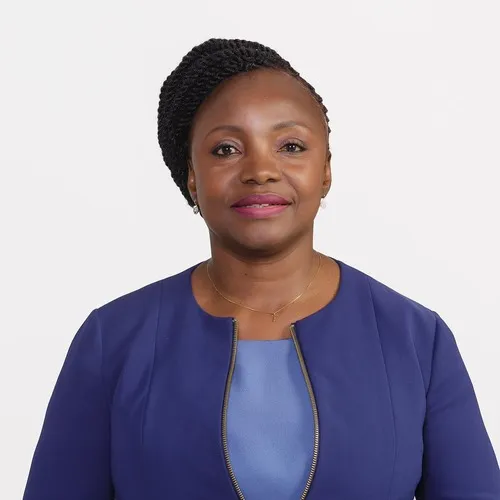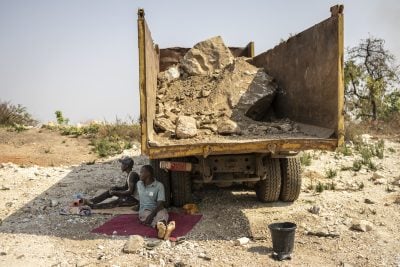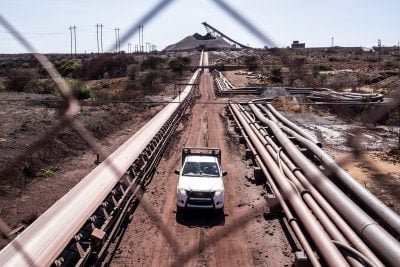With advancements in technology, health and safety, environment and exploration, the mining industry now finds itself in the early onset of disruption. However, along with the disruption there are new business opportunities that emerge within the mining sector.
A few pertinent questions coming out of this year’s Mining Indaba investment event in February in Cape Town were: How are mining companies navigating the complex challenge of providing minerals for the energy transition, while simultaneously reducing greenhouse gas emissions? What progress is being made in net zero initiatives? How are mining companies prioritising environmental, social & governance (ESG) factors in response to increasing scrutiny? And which factors are facing the most attention from investors in 2024?
Mining seems these days to be a contradiction: it is an activity that is seen as environmentally destructive – but it is also necessary for us to meet the green agenda for the planet. Mining companies need to redeem themselves from the decades-old perception that mines are there just to extract and go; they need to shift the focus to their role in establishing infrastructure, building communities, and maintaining sustainable good, long after the mining activity has finished.
Toward sustainable mining
The key industry trend that will shape the trajectory of Africa’s mining sector will be the ability of various industry players to implement sustainable mining practices that focus not only on the economic aspects of their operations, but also the social and environmental issues. The social aspect speaks to initiatives put in place to safeguard licences to operate and community buy-in.
The economic aspect focuses on the cost of mining in relation to the returns, and the environmental aspect relates to measures being put in place to safeguard the environment. Protecting the environment will further mean implementing lower-impact mining techniques and the use of cleaner and more efficient mining methods. In mitigating the effects of climate change, companies need to be deliberate about reducing, reusing, and rethinking the handling of mining waste.
One of the major issues that came out of this year’s Indaba was identifying key investment opportunities across the continent’s mining sector. As the world navigates towards cleaner energy solutions, Africa’s mining industry has ascended to the forefront of the global energy transition.
The International Energy Agency predicts that critical mineral demand will more than double by 2030 and quadruple by 2050, with revenues reaching $400bn annually. Africa stands to gain immensely; because the continent holds around 30% of the world’s mineral reserves, including cobalt, copper, bauxite, lithium and rare earth metals – all of which remain in high demand for clean energy technologies.
However, less than 10% of global mining exploration capital was deployed to Africa and less than 5% of revenue attributed to the continent in 2022.
Potential disruptive technology
Importantly, disruptive developments may deliver substitutes for some minerals that are currently “critical”: the potential that the continent currently holds may be lost. Therefore, technological innovation investments will enable Africa to leverage new opportunities. Investment from KoBold Metals, a US start-up company that uses artificial intelligence (AI) in its exploration activities to identify the precious battery metal deposits required for the electric vehicle and renewable energy revolution, has shown that Zambia’s rich mineral endowment will attract even more investment in the Copperbelt Province.
Less than two years ago this Silicon-Valley-based company embarked on a focused exploration programme at Mingomba in Zambia. The recent announcement of possibly the largest copper-bearing mineral find in Zambia in a century highlighted what AI and new-generation technology can achieve when combined with the wealth of historic geological data. KoBold Metals’ initial focus was exploration; but it now plans to develop the Mingomba site into a mine with an initial estimate of 400,000 tonnes of copper production per year – levels comparable to the Kamoa-Kakula mine in neighbouring Democratic Republic of Congo (DRC). At the Indaba the spotlight was shone on KoBold Metal’s success, highlighting the power of positive disruption brought about by innovation.
Infrastructure to match
Significant infrastructure developments, such as the Lobito Corridor, will also assist. Angola, the DRC and Zambia launched the concessioning of the Lobito port and rail line in 2023. These represent significant infrastructure projects
that will be operated under a special purpose vehicle company.
This marks a significant step in enhancing trade and investment opportunities within the region, as it is not only the shortest route to the sea, but also serves as a vital logistics facilitator for the region’s imports and exports.
The energy sector is another key sector for the growth of mining and meeting Zambia’s mineral production targets. This requires a synchronisation between diversification of the energy supply, decarbonisation and alignment to the energy requirements of the mining sector. In late 2023 the Copperbelt Energy Corporation (CEC), a key player in Zambia’s energy sector and a major supplier to mining companies, announced the registration of a $200m green bond with Zambia’s Securities and Exchange Commission.
This is structured as a programme whose proceeds will accelerate ambitions to generate at least 200 megawatts of renewable energy. Since the first green bond registration announcement in December, the first tranche was oversubscribed by over 178%. These initial results demonstrate the high level of interest from investors to back an entirely new funding instrument to advance renewable energy development in our country.
The 2024 Mining Indaba resulted in a renewed commitment by mining executives to ramp up production in an environmentally sustainable way and to add beneficiation to this agenda, aimed at stimulating local jobs growth and higher revenue streams for nations. We have participated in a global conversation that is yielding results for this important sector; we continue to develop a deeper understanding of ESG issues and the dynamic form in which these manifest both locally and globally and reiterate our position of being able to fund projects that are aligned to our and our clients’ commitment to the green and sustainability agenda.
The bold new future for African mining is now, Zambia’s time is now, and we need to seize the opportunities presented
Want to continue reading? Subscribe today.
You've read all your free articles for this month! Subscribe now to enjoy full access to our content.
Digital Monthly
£8.00 / month
Receive full unlimited access to our articles, opinions, podcasts and more.
Digital Yearly
£70.00 / year
Our best value offer - save £26 and gain access to all of our digital content for an entire year!

 Sign in with Google
Sign in with Google 



